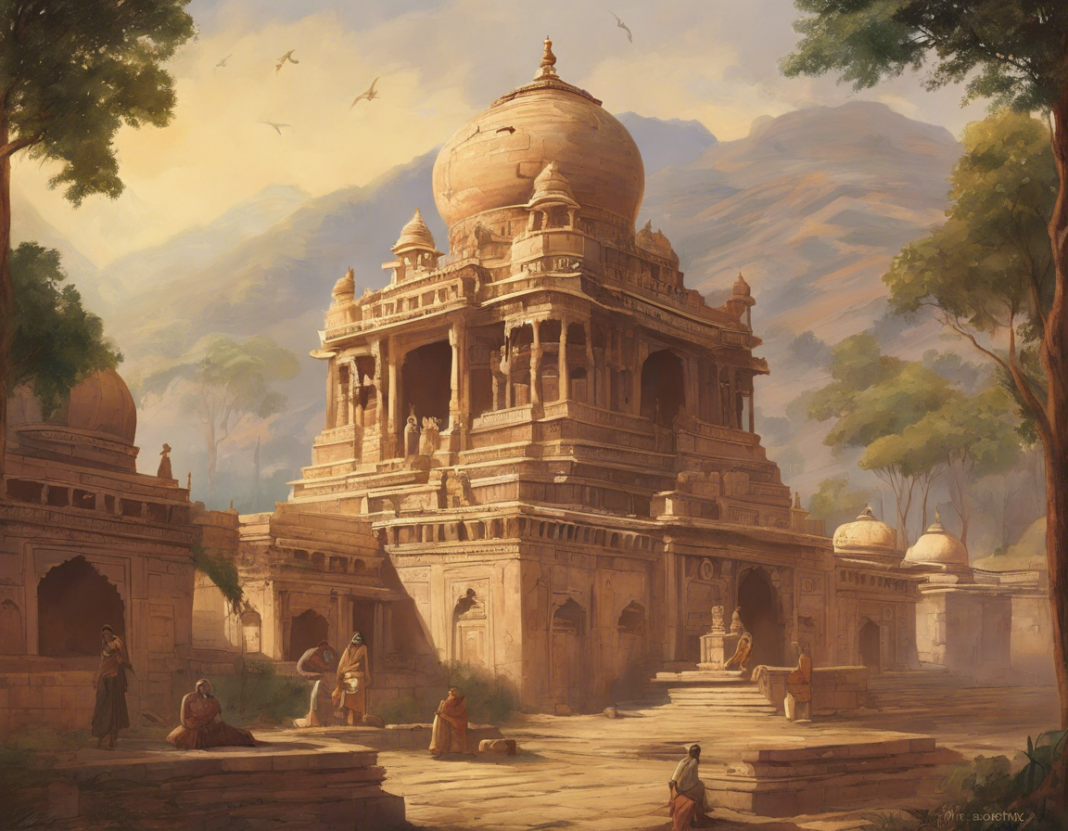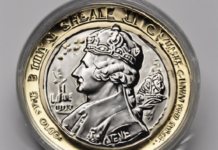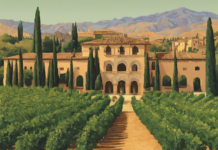India, with its rich and diverse cultural heritage, boasts a history that dates back thousands of years. Its ancient past is a tapestry woven with threads of remarkable civilizations, dynasties, and cultural exchanges that have shaped the country into what it is today. From the Indus Valley Civilization to the Mauryan Empire and the Mughal era, India’s history is a treasure trove waiting to be explored and understood. In this article, we will delve into India’s ancient history, exploring key civilizations, rulers, trade routes, and cultural achievements that have left a lasting impact on the subcontinent and beyond.
The Indus Valley Civilization:
Around 3300-1300 BCE, the Indus Valley Civilization flourished in the northwestern region of the Indian subcontinent. Harappa, Mohenjo-Daro, and Lothal were some of the major cities of this civilization. Known for its urban planning, advanced drainage systems, and distinctive pottery, the Indus Valley Civilization is one of the world’s oldest urban cultures.
Vedic Period and the Mahajanapadas:
The Vedic period (1500-500 BCE) marked the composition of the Vedas, ancient Indian scriptures that form the basis of Hindu philosophy. This era also saw the rise of the Mahajanapadas, powerful kingdoms and republics in the northern part of India, such as Magadha and Kosala.
Mauryan Empire:
One of the most significant empires in Indian history, the Mauryan Empire (322-185 BCE) was founded by Chandragupta Maurya and later expanded under the rule of Emperor Ashoka. Known for its centralized administration, Ashoka’s conversion to Buddhism and his edicts promoting ethical governance and social welfare are key highlights of this period.
Gupta Empire and Golden Age:
The Gupta Empire (320-550 CE) is often referred to as India’s Golden Age, characterized by remarkable achievements in art, science, mathematics, and literature. The classical dances, such as Bharatanatyam and Kathak, as well as the concept of zero in mathematics, are some enduring legacies of the Gupta era.
South Indian Dynasties:
While the northern part of India saw the rise and fall of empires, the southern region was home to thriving dynasties like the Cholas, Pallavas, and Cheras. These South Indian dynasties made significant contributions to art, architecture, and trade, with cities like Thanjavur and Mahabalipuram serving as testaments to their cultural richness.
Medieval India and Islamic Invasions:
The medieval period in India (600-1600 CE) witnessed the arrival of Islamic rulers and the establishment of sultanates and empires like the Delhi Sultanate and the Mughal Empire. This era saw a fusion of Indian and Islamic cultures, leading to architectural marvels like the Taj Mahal and the Qutub Minar.
European Colonization and British Rule:
From the 16th century onwards, European powers, particularly the Portuguese, Dutch, French, and eventually the British, established trading outposts in India. The British East India Company gradually expanded its control, leading to the colonization of India and the subsequent struggle for independence.
Independence Movement and Partition:
The 20th century saw the Indian independence movement gain momentum under leaders like Mahatma Gandhi, Jawaharlal Nehru, and Subhas Chandra Bose. In 1947, India finally gained independence from British rule, but the partition of the country into India and Pakistan led to widespread violence and mass migrations.
Post-Independence India:
Since gaining independence, India has emerged as one of the world’s largest democracies and a major player in global politics and economics. The country’s rapid industrialization, technological advancements, and cultural diversity continue to shape its identity on the world stage.
In conclusion, India’s ancient history is a saga of resilience, creativity, and cultural exchange that has left an indelible mark on the world. From the Indus Valley Civilization to the vibrant tapestry of medieval kingdoms and the struggle for independence, India’s past is a testament to the enduring spirit of its people and the richness of its heritage.
Frequently Asked Questions (FAQs):
Q1: When did the Indus Valley Civilization flourish, and what were its key features?
A1: The Indus Valley Civilization thrived around 3300-1300 BCE and was known for its urban planning, advanced drainage systems, and distinctive pottery.
Q2: Who founded the Mauryan Empire, and what was Emperor Ashoka known for?
A2: The Mauryan Empire was founded by Chandragupta Maurya, and Emperor Ashoka is known for his conversion to Buddhism and his edicts promoting ethical governance and social welfare.
Q3: What is the significance of the Gupta Empire in Indian history?
A3: The Gupta Empire is often referred to as India’s Golden Age, marked by achievements in art, science, mathematics, and literature.
Q4: Which dynasties thrived in South India, and what were their contributions?
A4: The Cholas, Pallavas, and Cheras were prominent dynasties in South India known for their contributions to art, architecture, and trade.
Q5: How did the Indian independence movement unfold, and who were some key leaders involved?
A5: The Indian independence movement gained momentum in the 20th century under leaders like Mahatma Gandhi, Jawaharlal Nehru, and Subhas Chandra Bose.
Q6: What were the key achievements of post-independence India on the global stage?
A6: Since independence, India has emerged as one of the world’s largest democracies and a major player in global politics and economics.
Exploring India’s ancient history not only provides insights into the country’s past but also offers a glimpse into the vibrant tapestry of cultures, traditions, and legacies that continue to shape India’s present and future.






